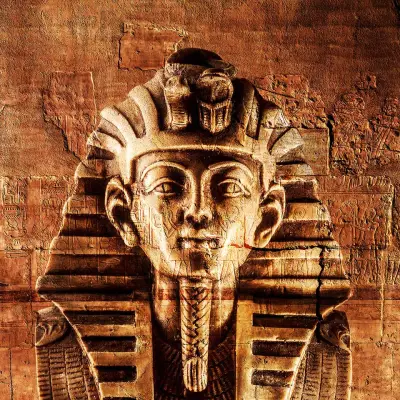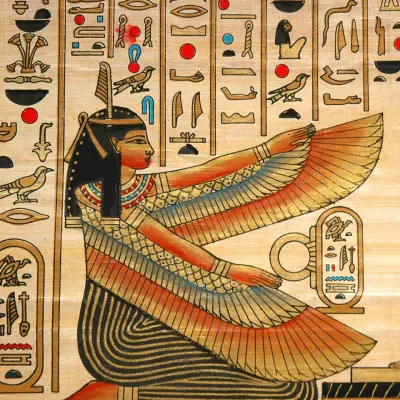Japan is a land rich in cultural heritage and symbolism. From ancient kanji characters to family crests and spiritual emblems, Japanese symbols carry deep meanings that have been passed down through generations.
Whether you're exploring the artistic beauty of kanji, the spiritual resonance of Shinto symbols, or the cultural significance of family crests, each symbol tells a story. This post delves into some of the most iconic and powerful Japanese symbols, exploring their meanings, origins, and uses.
Jump to:
- Kanji: The Foundation of Japanese Symbolism
- Shintoism Symbols: Spiritual Icons of Japan
- Kamon: Family Crests of Japan
- Pine Tree (松 - Matsu): Longevity and Strength
- Animal Symbols in Japanese Culture
- Elements and Their Symbols
- The Japanese Flag: The Rising Sun (日の丸 - Hinomaru)
- Cultural Symbols of Strength and Courage
- The Lucky Cat (招き猫 - Maneki Neko): A Symbol of Good Fortune
- Yen (¥) Japanese Currency Symbol
- Fox (狐 - Kitsune): The Shape-Shifting Guardian
- Lotus Flower (蓮 - Hasu): Purity and Enlightenment
- Snake (蛇 - Hebi): Renewal and Protection
- The Wind Chime (風鈴 - Fūrin): A Summer Symbol
- Study Japanese History and Culture for £29
Recommended for you!
Best Sellers1. Kanji: The Foundation of Japanese Symbolism
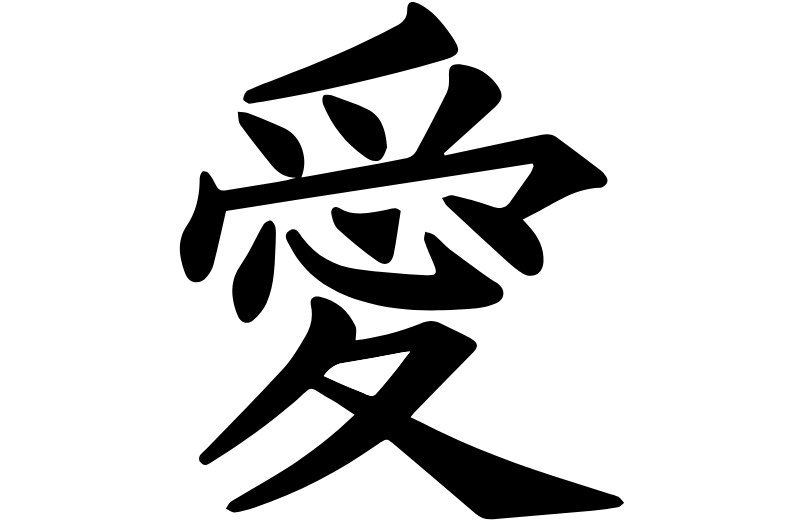
Kanji, the logographic characters borrowed from Chinese, form the core of Japanese writing. Each kanji character represents a concept, an object, or a feeling.
Kanji Symbol for Love (愛 - Ai)
The kanji for "love" is one of the most popular and widely recognised symbols in Japan. It’s often seen in art, tattoos, and calligraphy, conveying the essence of love, affection, and compassion.
Kanji Symbol for Strength (力 - Chikara)
Symbolising physical and mental power, this powerful kanji is a reminder to stay strong through adversity.
Kanji Symbol for Luck (福 - Fuku)
Often seen during New Year celebrations and festivals, this kanji represents good fortune and blessings.
Kanji Symbol for Peace (和 - Wa)
The kanji for peace, "Wa," also signifies harmony and is deeply associated with Japanese culture, embodying the nation's focus on tranquillity and balance.
2. Shintoism Symbols: Spiritual Icons of Japan
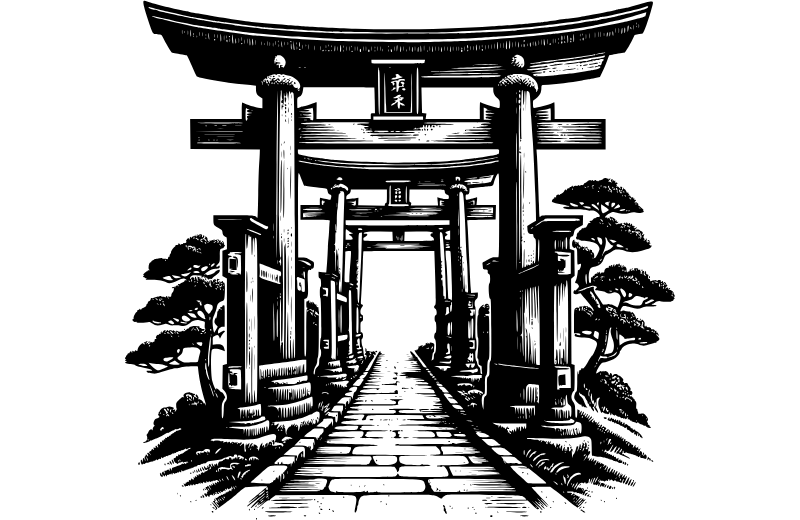
Shintoism, the native religion of Japan, is steeped in symbolism. These symbols often convey spiritual messages and are associated with kami (gods and spirits).
Torii Gate (鳥居)
A symbol of transition between the mundane and the sacred, the Torii gate is often seen at the entrance to Shinto shrines. It represents the boundary between the earthly and the spiritual realm.
Komainu (狛犬)
These lion-dog guardians are found at shrine entrances, protecting the sacred grounds from evil spirits.
Shimenawa (標縄)
A sacred rope made of rice straw, the Shimenawa symbolises purity and is often placed at the entrance of shrines or sacred sites to ward off evil.
3. Kamon: Family Crests of Japan
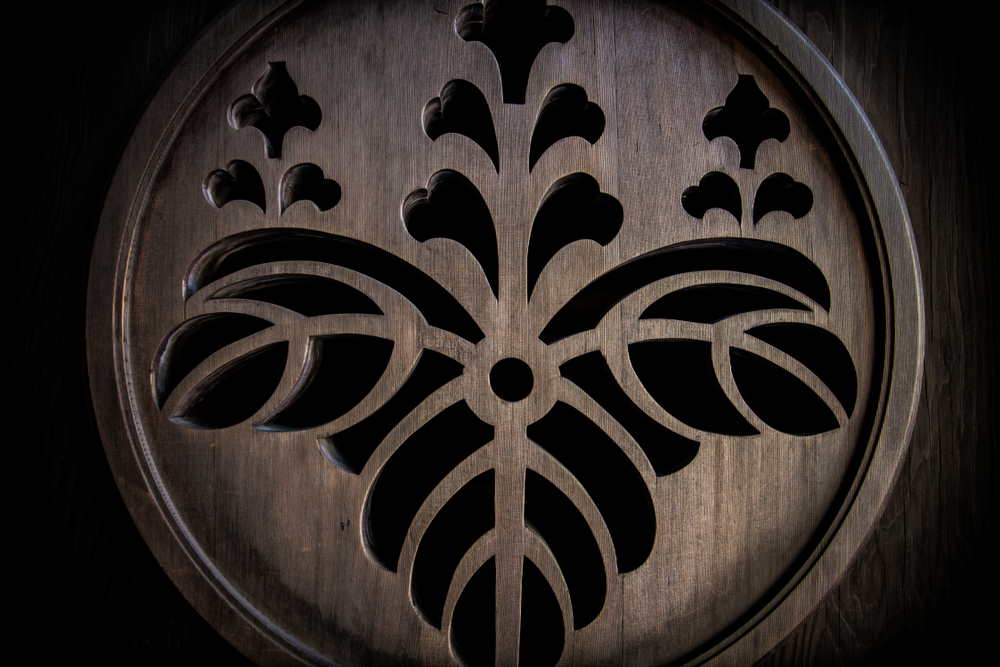
Japanese family crests, known as Kamon, are similar to European coats of arms. Each crest represents a family’s heritage, status, and values.
Chrysanthemum Crest (菊 - Kiku)
The chrysanthemum is the Imperial Family's crest and represents longevity and rejuvenation. It is a powerful symbol of the Emperor and his lineage.
Wisteria Crest (藤 - Fuji)
The wisteria flower crest signifies nobility and enduring beauty. It’s associated with ancient samurai families.
Bamboo Crest (竹 - Take)
Bamboo, a symbol of resilience and strength, is used as a crest to convey perseverance and flexibility.
4. Pine Tree (松 - Matsu): Longevity and Strength

The pine tree, or Matsu, is a powerful symbol of longevity, endurance, and steadfastness in Japanese culture. It remains green throughout the year, representing eternal life and unyielding strength.
Pine trees are often depicted in traditional Japanese art and are planted in temple gardens to symbolise spiritual resilience and the unbroken continuity of life.
5. Animal Symbols in Japanese Culture
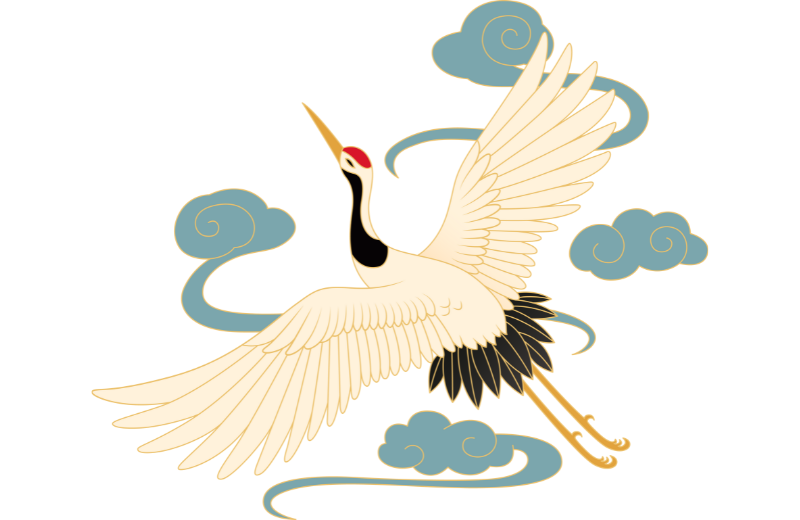
Animals play a significant role in Japanese symbolism, each with its own meaning:
Koi Fish (鯉 - Koi)
A symbol of perseverance and determination, the koi fish is often depicted swimming upstream, representing resilience against adversity.
Crane (鶴 - Tsuru)
The crane symbolises longevity and good fortune. According to Japanese legend, folding a thousand origami cranes grants a wish.
Dragon (龍 - Ryū)
Unlike in Western culture, the Japanese dragon is a kind and protective symbol associated with water and wisdom.
6. Elements and Their Symbols

The elements of nature hold profound meanings in Japanese culture, often depicted through specific kanji characters:
Fire (火 - Hi)
Fire represents passion, transformation, and purification.
Water (水 - Mizu)
Water signifies calmness, adaptability, and cleansing.
Air (風 - Kaze)
Air embodies freedom and the invisible force that moves everything.
Earth (地 - Chi)
Earth symbolises stability, grounding, and fertility.
7. The Japanese Flag: The Rising Sun (日の丸 - Hinomaru
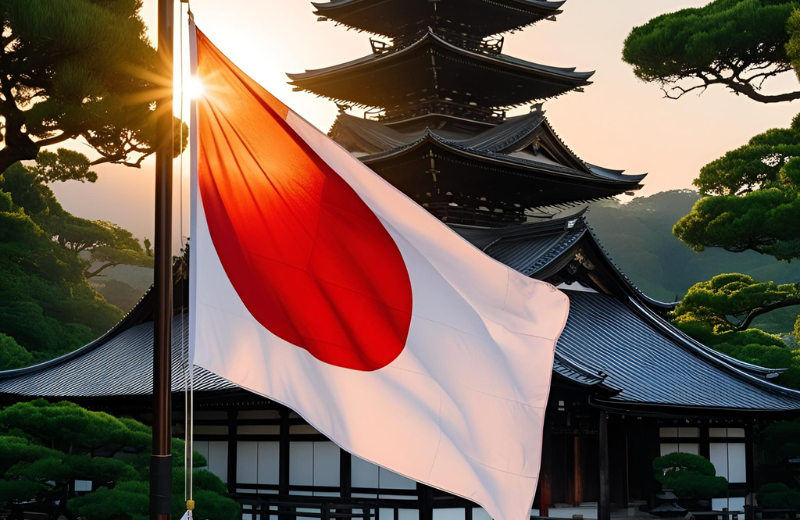
The Japanese flag, featuring a red circle against a white background, symbolises the sun and its importance in Japanese culture. Known as the Hinomaru, it represents the rising sun, a powerful emblem of Japan’s origin and identity.
8. Cultural Symbols of Strength and Courage
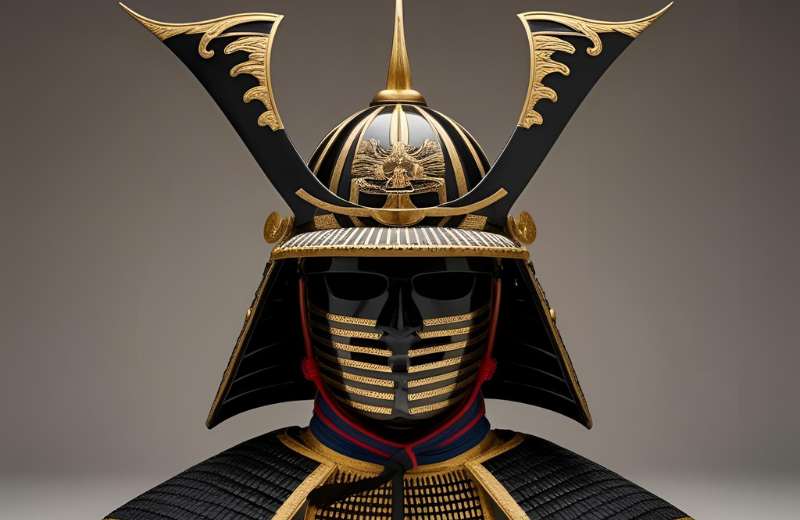
Several symbols convey strength and courage in Japanese culture:
Samurai Helmet (兜 - Kabuto)
Worn by samurai warriors, the helmet is a symbol of bravery and honour.
Tiger (虎 - Tora)
The tiger symbolises protection and power. It is believed to ward off evil spirits and misfortune.
Sword (剣 - Ken)
The sword represents the samurai spirit, denoting strength, justice, and courage.
9. The Lucky Cat (招き猫 - Maneki Neko): A Symbol of Good Fortune

The Maneki Neko, or beckoning cat, is a well-known symbol of good luck in Japan. It’s often displayed at store entrances to attract wealth and prosperity. Each colour variant has a specific meaning – white for purity, gold for wealth, and black for protection.
10. Yen (¥) Japanese Currency Symbol
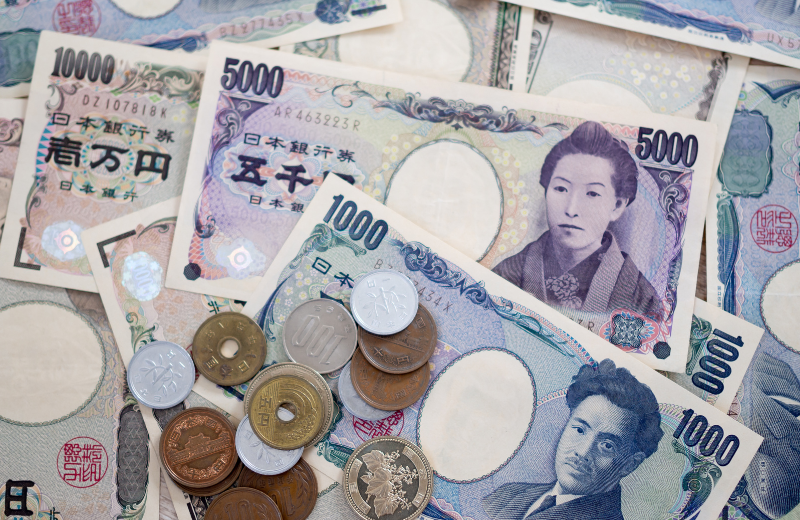
The yen is the official currency of Japan, representing the country’s financial strength and stability.
11. Fox (狐 - Kitsune): The Shape-Shifting Guardian

Kitsune, or the fox, is a prominent symbol in Japanese folklore, representing intelligence, cunning, and mysticism. In Shinto beliefs, Kitsune are messengers of the god Inari, the deity of rice, fertility, and prosperity. They’re often depicted as shape-shifters, capable of taking on human form to deliver messages or play tricks.
Statues of foxes with keys in their mouths can be found at Inari shrines, symbolising their role as protectors of rice granaries.
12. Lotus Flower (蓮 - Hasu): Purity and Enlightenment
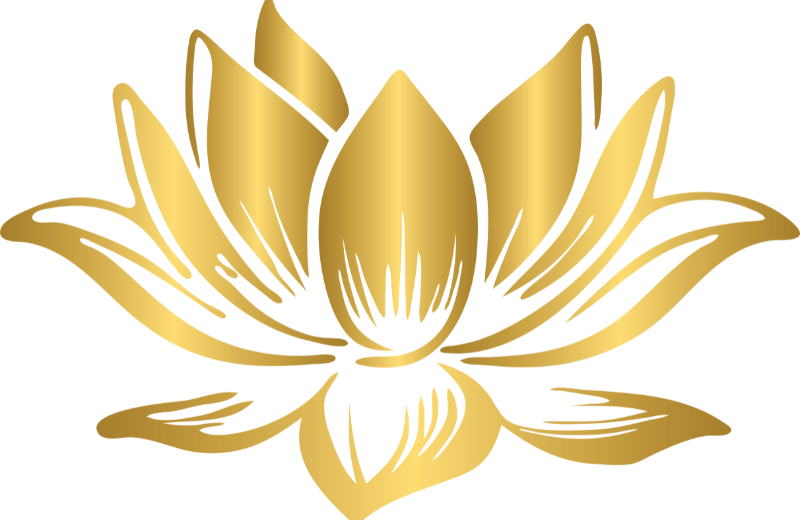
The lotus flower is a significant symbol in Japanese Buddhism, representing purity, rebirth, and spiritual awakening. It’s known for its ability to bloom beautifully despite growing in muddy waters, symbolising the triumph of the soul over adversity.
The lotus also conveys the idea of detachment from worldly desires, as its petals remain unsullied by the dirt beneath it.
13. Snake (蛇 - Hebi): Renewal and Protection
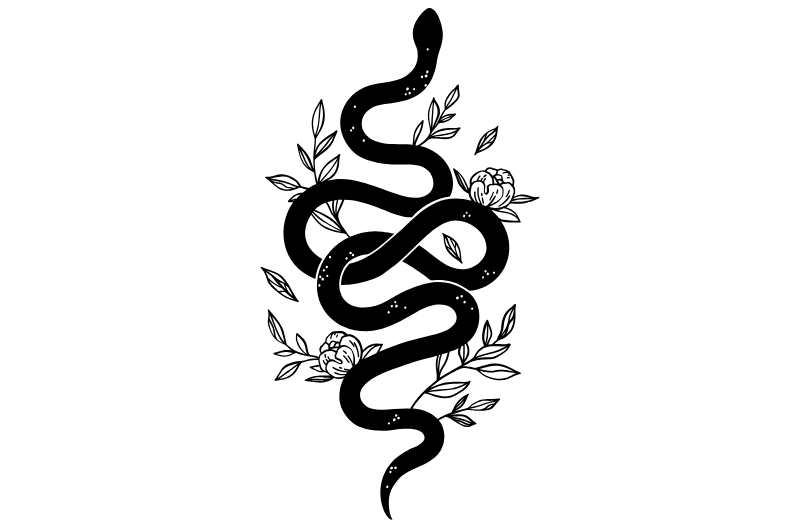
In Japanese culture, the snake is seen as a symbol of renewal, protection, and good fortune. It’s also associated with water and agriculture, symbolising fertility and abundance.
In some regions, the snake is seen as a guardian spirit that brings wealth and prosperity to the household. It’s also believed to ward off evil spirits and misfortune.
14. The Wind Chime (風鈴 - Fūrin): A Summer Symbol
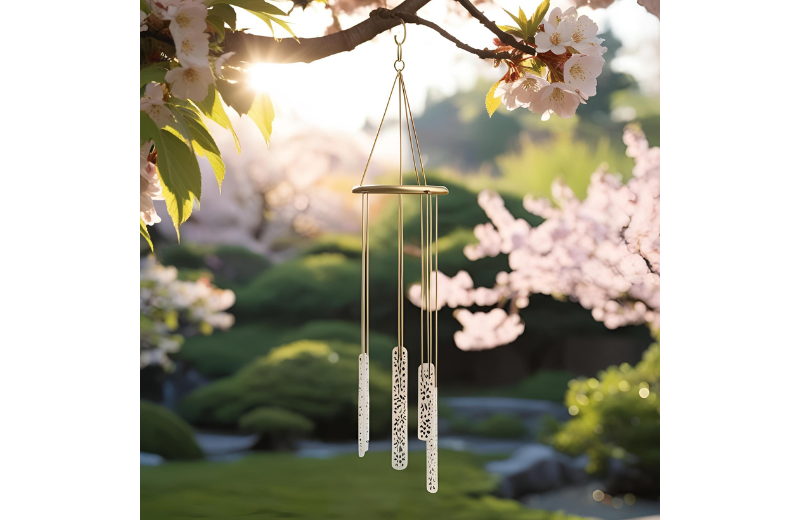
Wind chimes, known as Fūrin, are a common sight in Japanese homes during the summer months.
These delicate glass or metal chimes produce soothing sounds as they sway in the wind, believed to ward off evil spirits and attract good luck. They also evoke a sense of coolness during the hot summer months, making them a beloved seasonal symbol in Japanese culture.
Recommended for you!
Best SellersStudy Japanese History and Culture for £29
If you’re inspired to learn more about the beauty and meaning of Japanese symbols, the Introduction to Japanese History and Culture Diploma Course with Centre of Excellence is the perfect place to start. Learn at your own pace, benefit from a private tutor, and test your knowledge with structured assessments. For a limited time, you can access this course for just £29!
